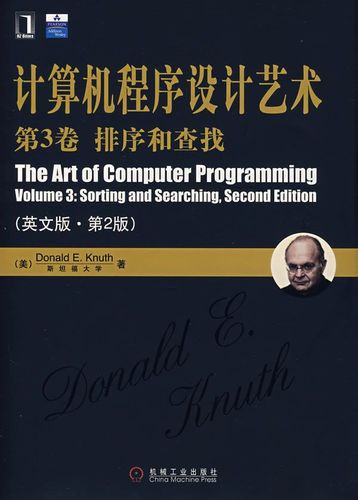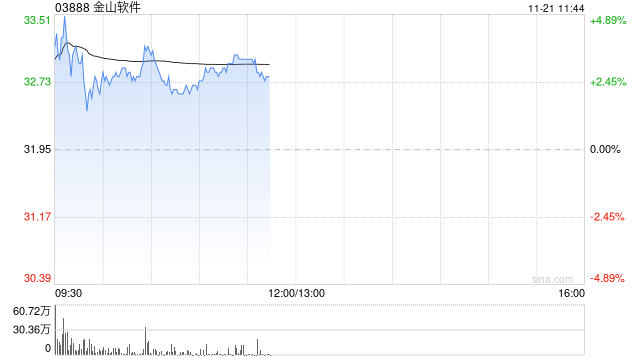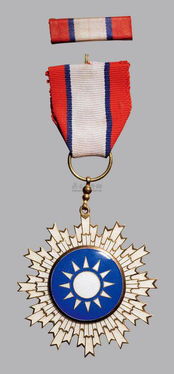Computer Art: An Introduction
Computer art refers to the artistic creation and manipulation of images, graphics, and animations using computer technology. It encompasses a wide range of artistic styles and techniques, including digital painting, 3D modeling, animation, and interactive media.

The convergence of art and technology in computer art has revolutionized the way artists express their creativity and engage with audiences. With the help of powerful software tools and hardware, artists can create stunning visual designs and immersive digital experiences that were once impossible to achieve using traditional mediums.
Digital painting is one of the most popular forms of computer art. Artists use specialized software programs, such as Adobe Photoshop or Corel Painter, to create and manipulate digital images on a computer canvas. The ability to work with layers, brushes, and various effects gives artists unprecedented control over their artwork. They can easily experiment, undo mistakes, and explore different artistic styles in a nondestructive digital environment.
3D modeling and animation are other prominent aspects of computer art. Artists use 3D modeling software, such as Autodesk Maya or Blender, to create threedimensional virtual objects. These objects can be animated, textured, and rendered to produce lifelike visual effects for films, video games, and virtual reality experiences. 3D animation allows artists to bring their creations to life, adding movement, lighting, and sound to create narratives or interactive experiences.
Interactive media is another exciting field within computer art. It involves the creation of artworks that respond to viewer input or engage with the audience in realtime. This can include interactive installations, virtual reality experiences, or multimedia presentations. Artists often use programming languages like Processing or Unity to code their interactive artworks and create engaging experiences that blur the boundaries between art and technology.
Computer art has not only transformed the creative process but also the way art is exhibited and accessed. With the advent of the internet and digital platforms, artists can showcase their work to a global audience. Online galleries, social media platforms, and digital art marketplaces have opened up new opportunities for artists to connect with collectors, collaborate with other artists, and reach a broader audience.
In conclusion, computer art has revolutionized the art world by merging traditional artistic skills with technology. It offers artists unprecedented creative possibilities and opportunities to engage with audiences. Whether through digital painting, 3D modeling, animation, or interactive media, computer art continues to push the boundaries of artistic expression and reshape the way we experience and appreciate art.
Here some key advantages and tips for computer art:
Advantages of Computer Art:
1. Versatility: Computer art allows artists to work in various styles and mediums without the need for physical materials.
2. Precision and Control: Artists can easily make adjustments and experiment with different techniques, colors, and compositions digitally.
3. Nondestructive Editing: Mistakes can be undone easily, allowing for more freedom and exploration in the creative process.
4. Collaboration and Sharing: Artists can easily collaborate with other artists, share their work online, and reach a global audience.
Tips for Computer Art:
1. Master the Tools: To create compelling computer art, it's essential to have a good understanding of the software and hardware you are using. Take the time to learn the tools and explore their capabilities.
2. Study Traditional Art: Understanding the principles of color theory, composition, and perspective will enhance your computer art skills and improve the quality of your work.
3. Experiment and Iterate: Use the digital environment to your advantage by experimenting with different techniques, styles, and approaches. Don't be afraid to make mistakes and learn from them.
4. Seek Feedback: Share your work with other artists, join online communities, and participate in critiques to receive valuable feedback and grow as an artist.
5. Stay Inspired: Explore and study the work of other computer artists, attend art exhibitions, and stay up to date with the latest trends and technological advancements.
It's important to remember that computer art is not a substitute for traditional art forms but rather a new medium that complements and expands the possibilities of artistic expression. Embracing the fusion of art and technology can lead to exciting creative opportunities and push the boundaries of what is possible in the world of art.












评论